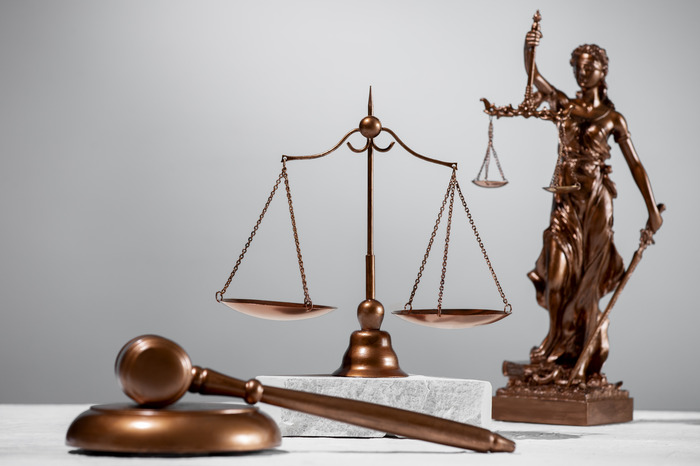1. Introduction
The Insurance Act, 1938 is the principal legislation governing the regulation and operation of insurance businesses in India. Enacted during the colonial era, it has undergone several amendments to accommodate the changing landscape of the insurance industry. Section 2 of the Act lays down essential definitions and classifications that provide the legal basis for different forms of insurance businesses. These definitions form the backbone for interpreting other provisions and applying regulatory norms under the Act.
2. Purpose and Scope of Section 2
Section 2 provides the statutory definitions for various terms used throughout the Insurance Act. These definitions help distinguish between types of insurers, classes of insurance business, and the operational boundaries within which these entities must function. By laying down precise categories, the section ensures clarity in regulation, licensing, supervision, and compliance.
3. Key Definitions under Section 2
Insurer – [Section 2(9)]
An “insurer” means:
- Any individual or unincorporated body of individuals,
- Any company,
- Any society, which carries on the business of insurance in India.
This includes both domestic and foreign entities operating through an Indian branch or subsidiary.
- Policyholder – [Section 2(10)]
A policyholder is the person in whose name the insurance policy has been issued, whether or not the person is also the insured or beneficiary under the policy.
- Insurance Business – [Section 2(6A)]
This term includes:
- The business of effecting contracts of insurance,
- Conducting reinsurance operations,
- Any activity involving the assumption of risk in exchange for a premium.
4. Classification of Insurance Business under the Act
1. Life Insurance Business – [Section 2(11)]
Life insurance business means:“The business of effecting contracts of insurance upon human life, including any contract whereby the payment of money is assured on death or the happening of any contingency dependent on human life.”
This includes:
- Term insurance,
- Endowment policies,
- Annuities,
- Unit-linked insurance plans (ULIPs).
Note: It also includes disability and health riders if attached to a life insurance policy.
2. General Insurance Business (Earlier referred to as Miscellaneous Insurance)
Although not originally defined under this section, later amendments and the Insurance Regulatory and Development Authority Act, 1999, provide a clearer framework.
It broadly covers all insurance other than life insurance, and includes:
(i) Fire Insurance Business – [Section 2(6A)(a)]
Covers loss or damage caused by fire and related perils.
(ii) Marine Insurance Business – [Section 2(13A)]
Deals with insurance of vessels, cargo, freight, and associated risks during transit by sea, inland waterways, or air.
(iii) Health Insurance Business
Defined under IRDA regulations as covering medical expenses, hospitalization, surgeries, or critical illness—either standalone or as a rider.
(iv) Miscellaneous Insurance
This category includes:
- Motor insurance,
- Burglary,
- Travel insurance,
- Liability insurance (e.g., professional indemnity),
- Crop insurance, etc.
5. Reinsurance Business – [Section 2(16B)]
Reinsurance refers to the insurance of insurers. It is the practice of one insurance company (reinsurer) accepting a portion of risk underwritten by another insurer.
This helps in risk distribution and capital management.
6. Significance of Classification
The classification under Section 2 is critical for:
- Licensing requirements under Section 3 of the Act.
- Capital norms and solvency margins.
- Investment rules and asset-liability matching.
- Framing of IRDAI regulations specific to each category.
- Differentiating claims procedures, underwriting standards, and reinsurance arrangements.
7. Judicial and Regulatory Interpretation
Courts and the IRDAI have interpreted these definitions in numerous cases. For example:
- In cases involving ULIPS, courts have examined whether they fall under life insurance or investment contracts.
- Although originally not clearly defined under the 1938 Act, standalone health insurers are now recognised and regulated under IRDAI Health Insurance Regulations.
8. Conclusion
Section 2 of the Insurance Act, 1938 serves as the foundation for understanding and regulating the insurance business in India. Its precise definitions provide the legal structure for implementing supervisory controls, issuing licenses, and enforcing policyholder protections. In an evolving insurance ecosystem, these classifications help maintain clarity, regulatory discipline, and market stability.
Also Read:
Rights of undertrial prisoners in India
How To Send A Legal Notice In India







![JUSTICE K.S PUTTASWAMY [RETD.] VS UNION OF INDIA,2017 JUSTICE K.S PUTTASWAMY [RETD.] VS UNION OF INDIA,2017](https://lawarticle.in/wp-content/uploads/2025/01/front-view-female-judge-with-gavel-1.jpg)





